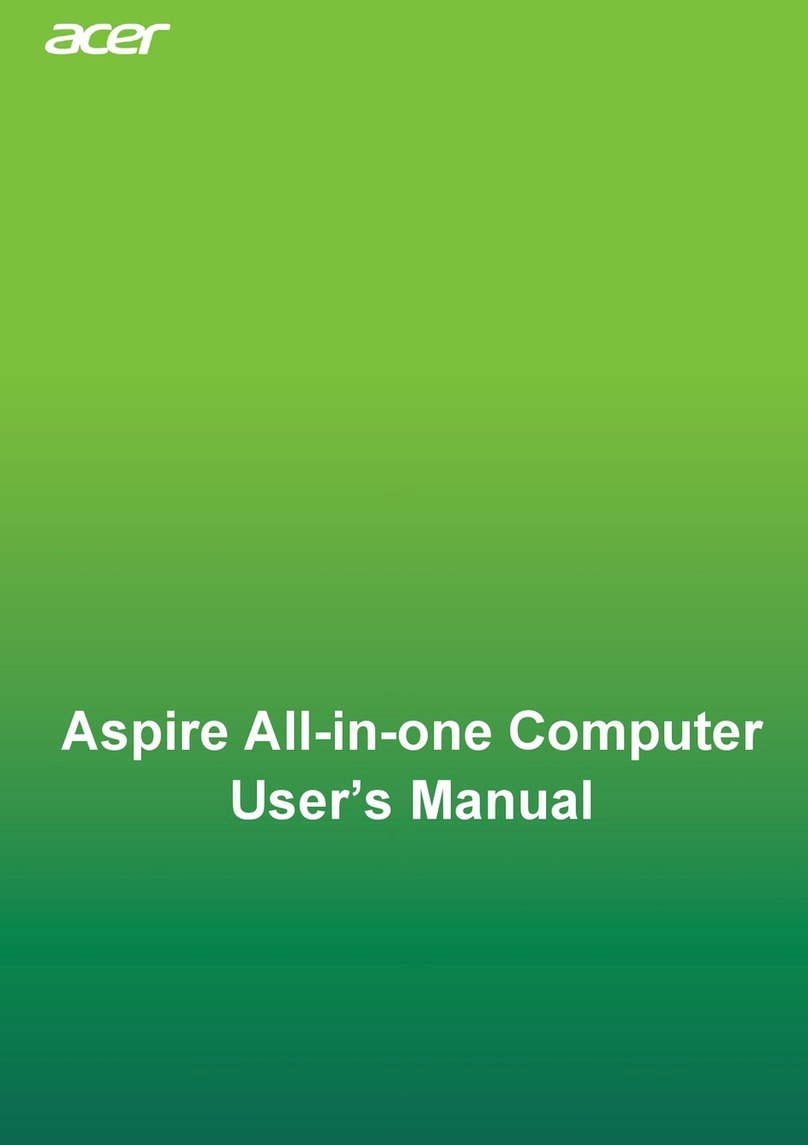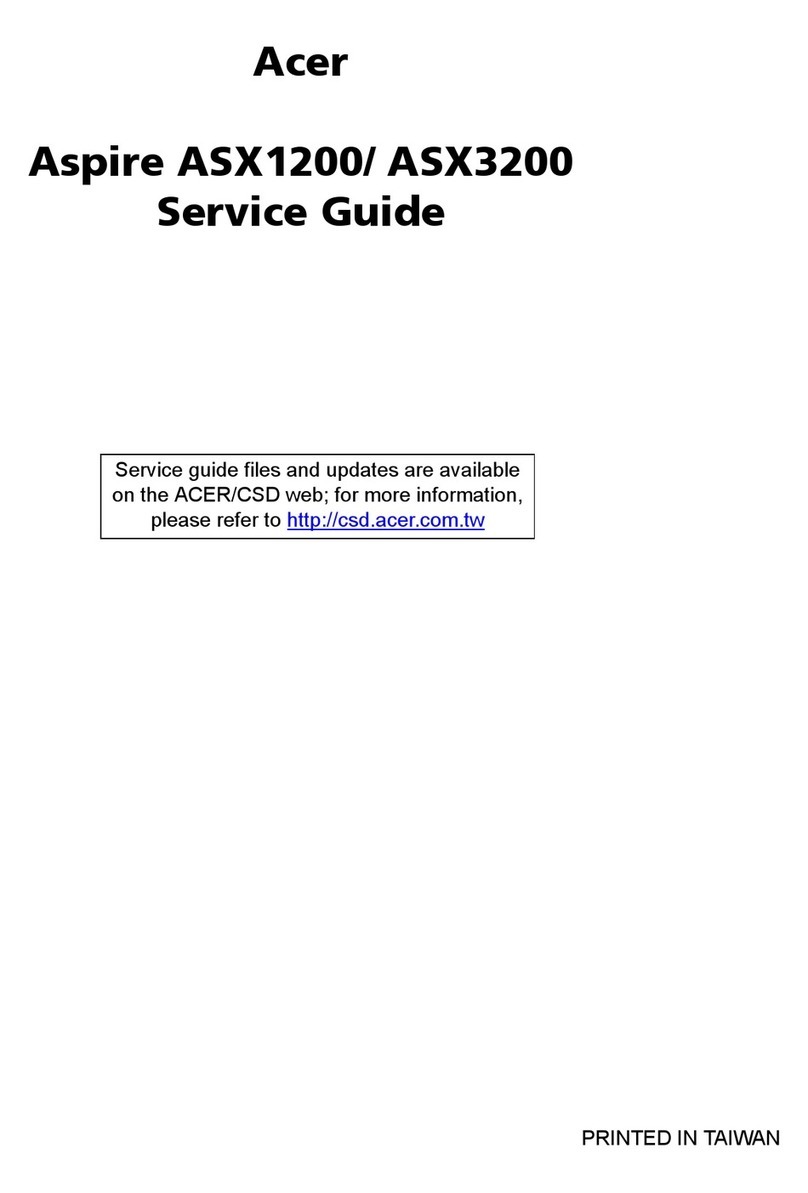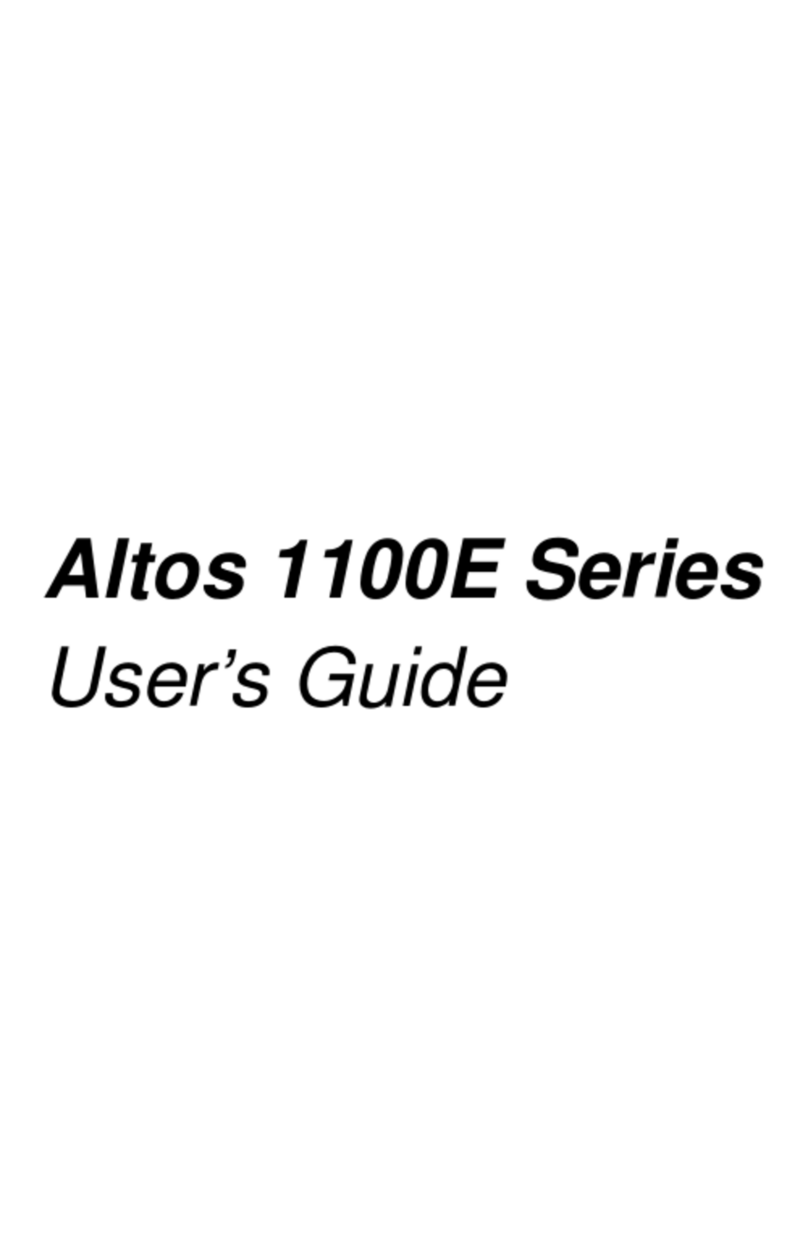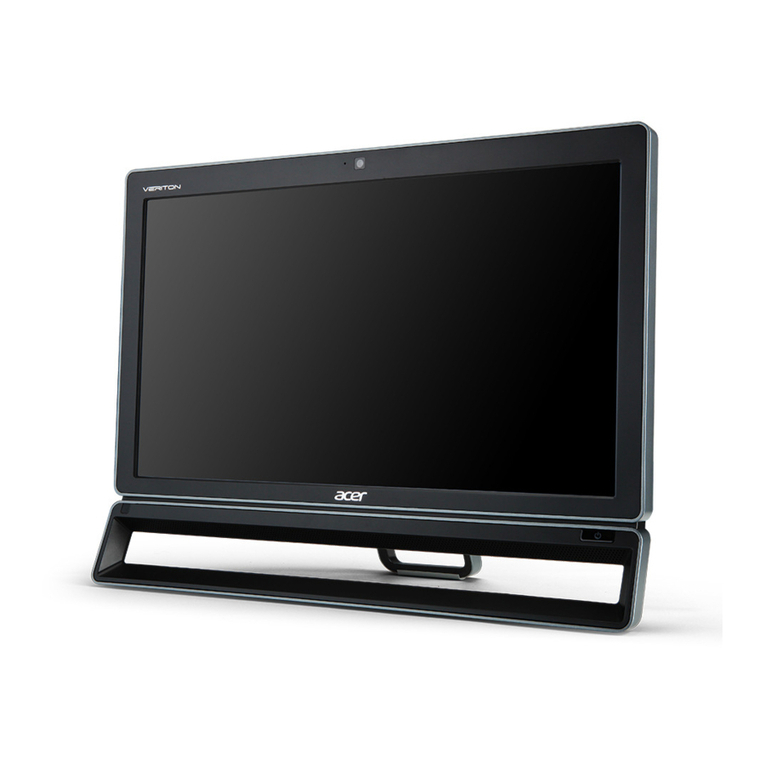Acer Veriton X2610 User manual
Other Acer Desktop manuals
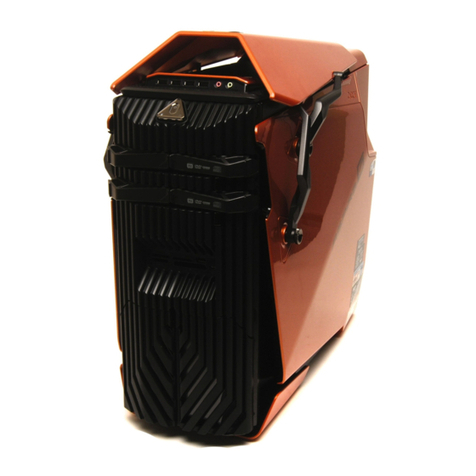
Acer
Acer Aspire Predator G7700 Series User manual

Acer
Acer Veriton M420 User manual
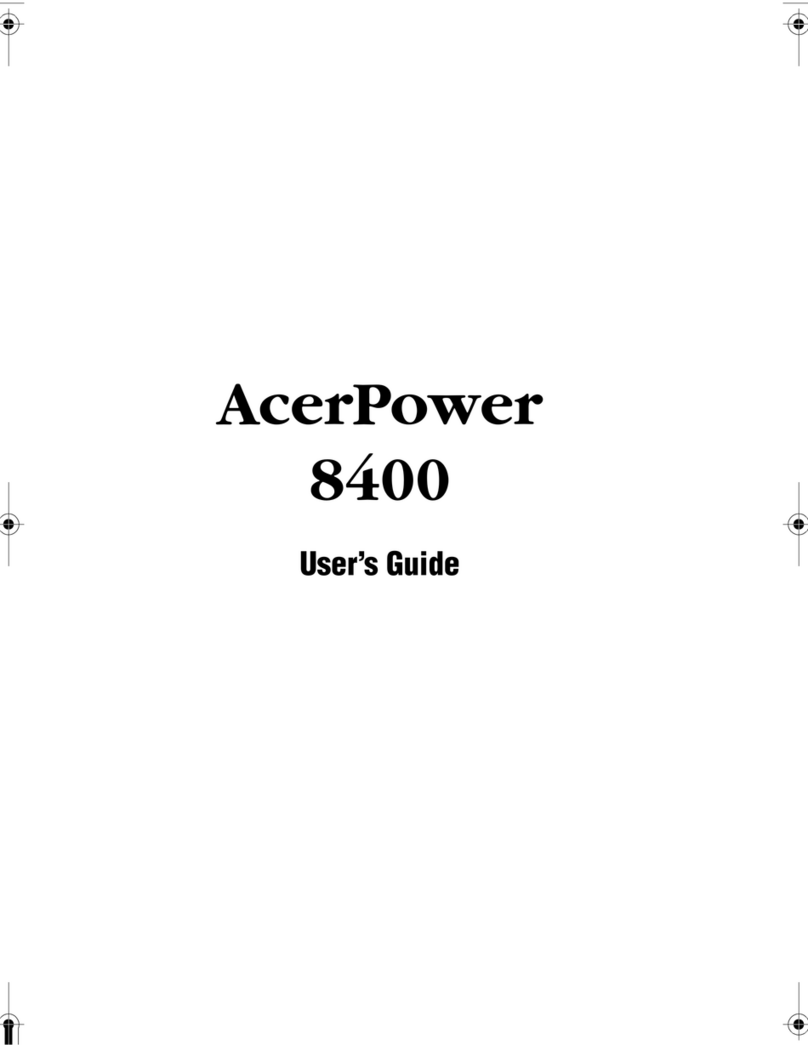
Acer
Acer AcerPower 8400 User manual
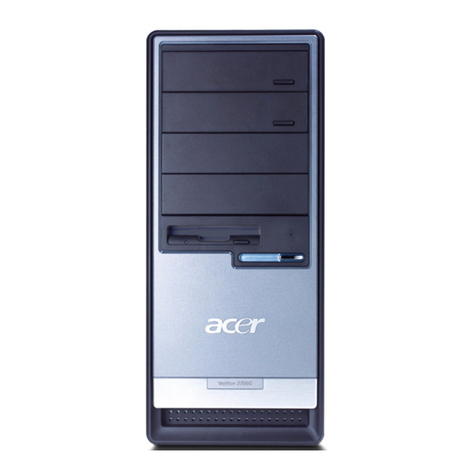
Acer
Acer Veriton 3700GX User manual
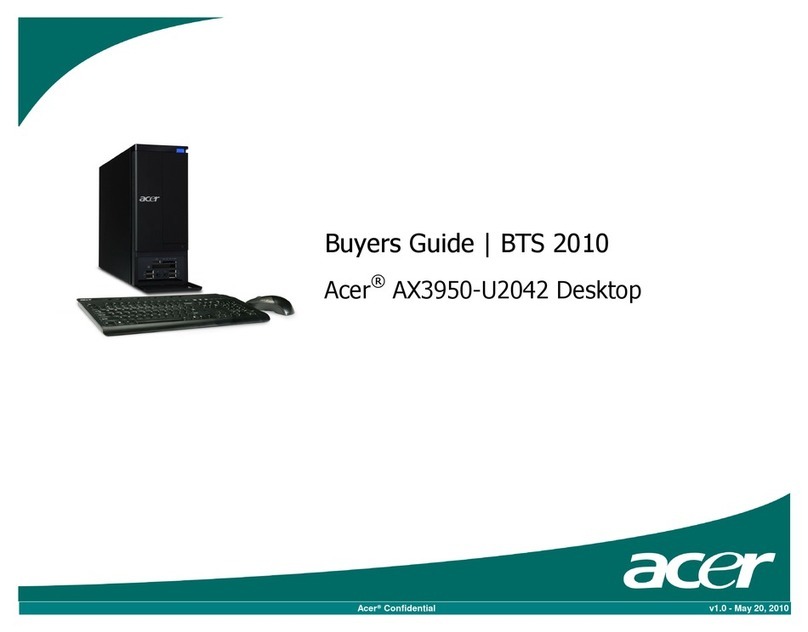
Acer
Acer AX3950-U2042 User manual
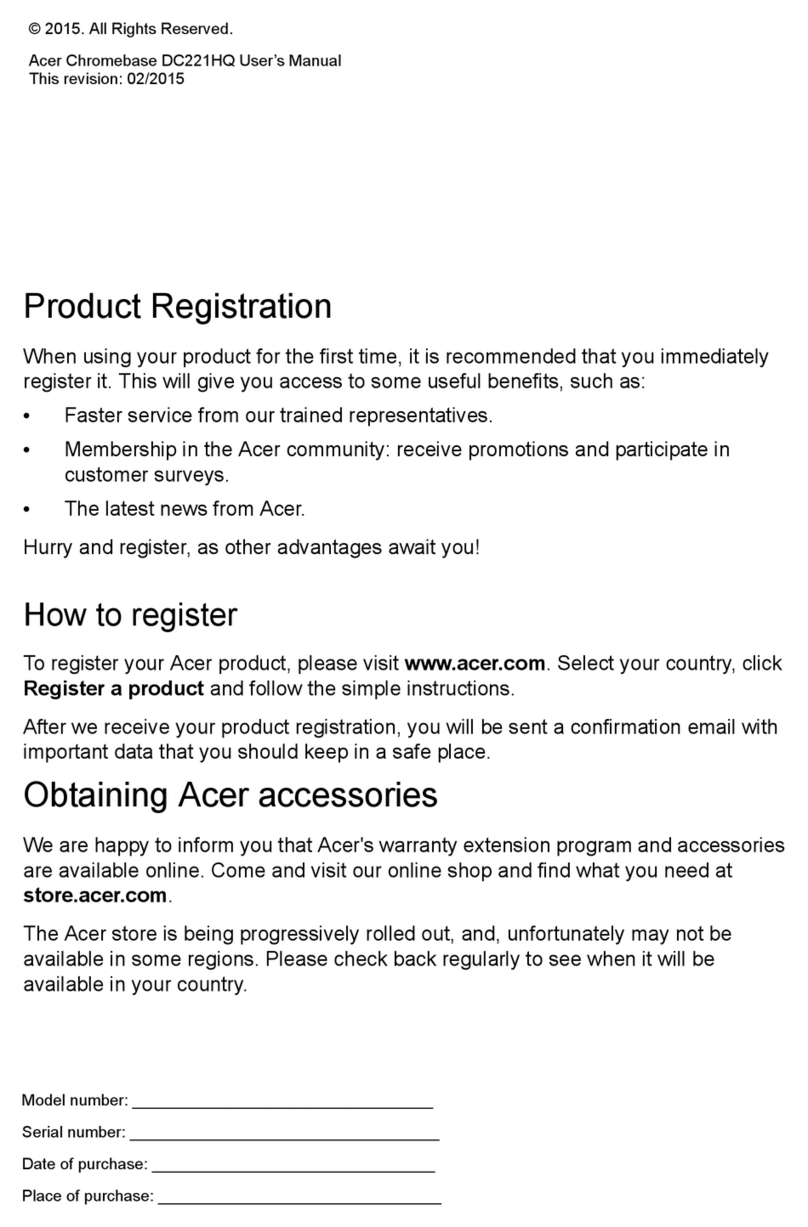
Acer
Acer Chromebase DC221HQ User manual
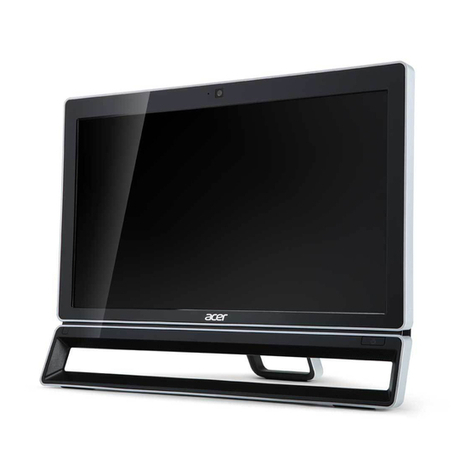
Acer
Acer Aspire Z3170 User manual

Acer
Acer G310 Altos User manual
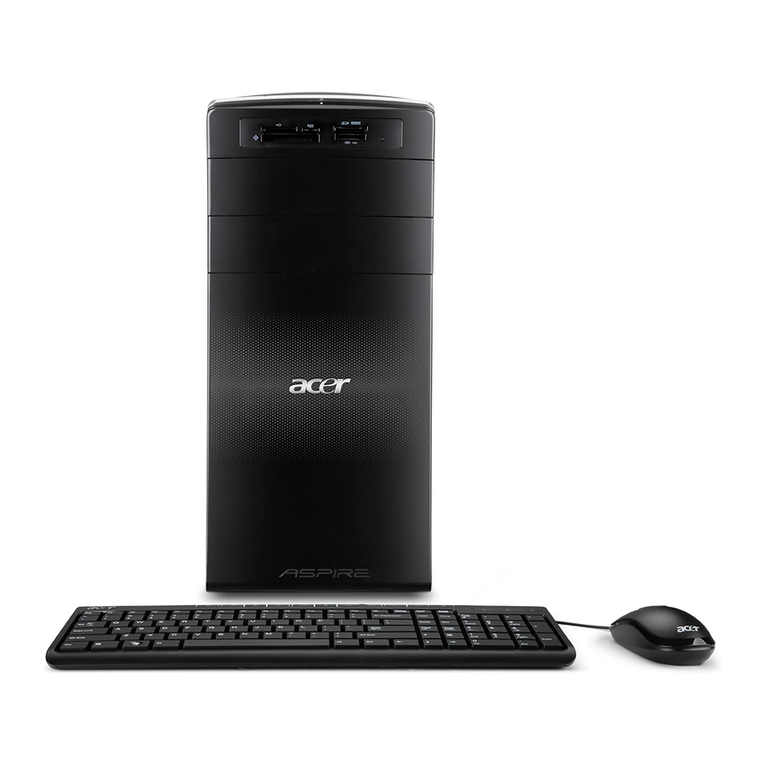
Acer
Acer Aspire M3450 User manual

Acer
Acer Aspire T600 User manual

Acer
Acer Aspire Notebook Series User manual
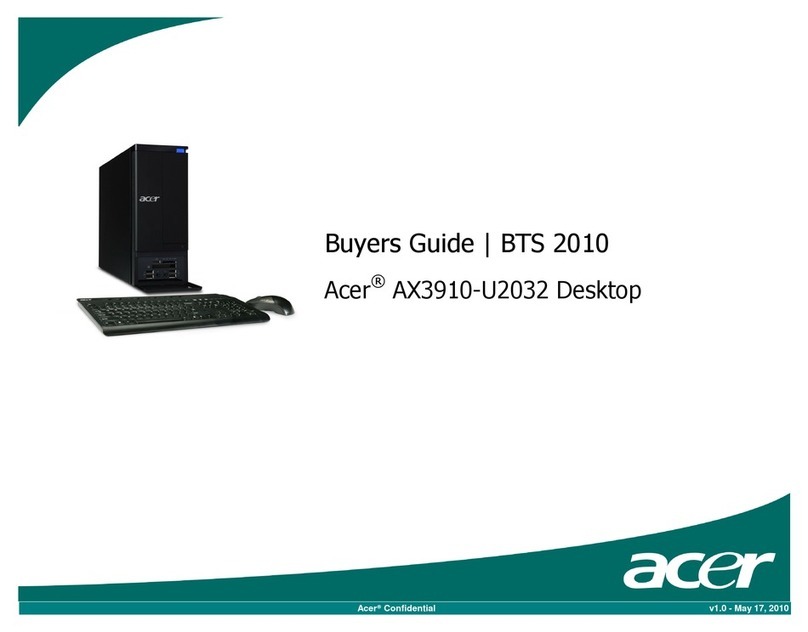
Acer
Acer AX3910-U2032 User manual

Acer
Acer AcerPower 2000 User manual
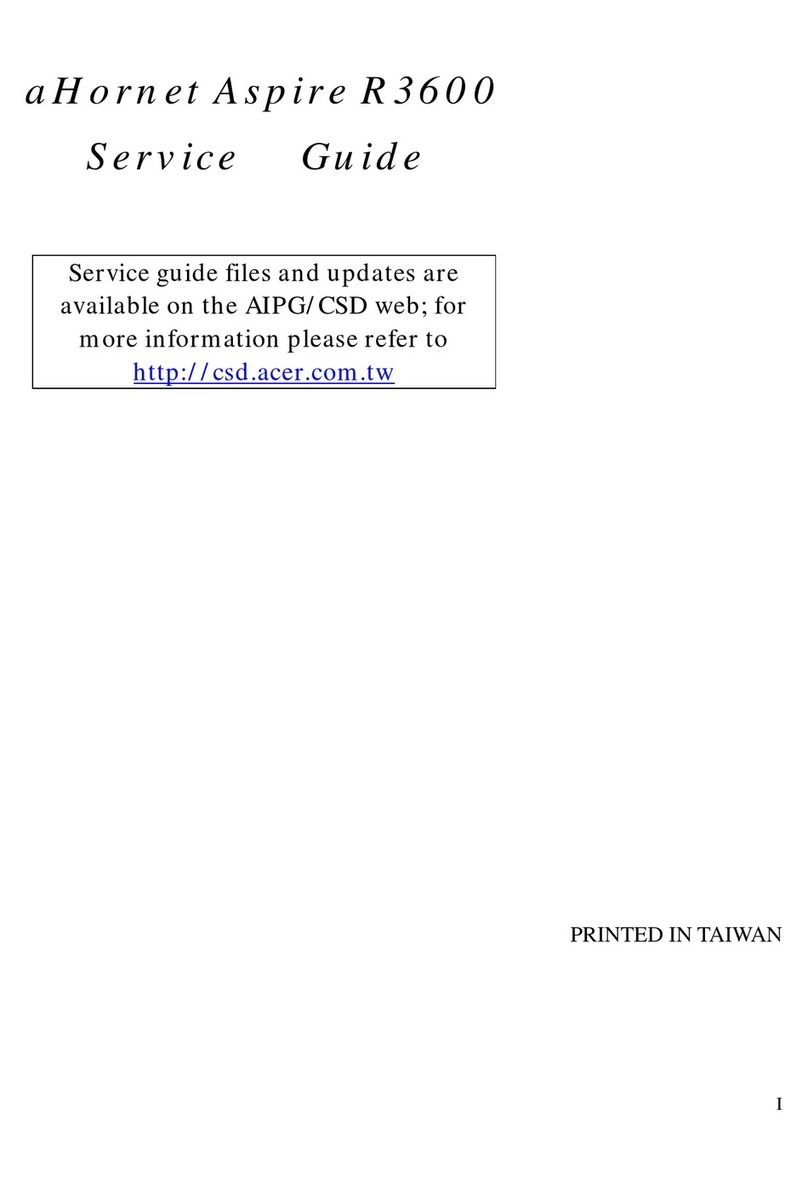
Acer
Acer aHornet Aspire R3600 User manual
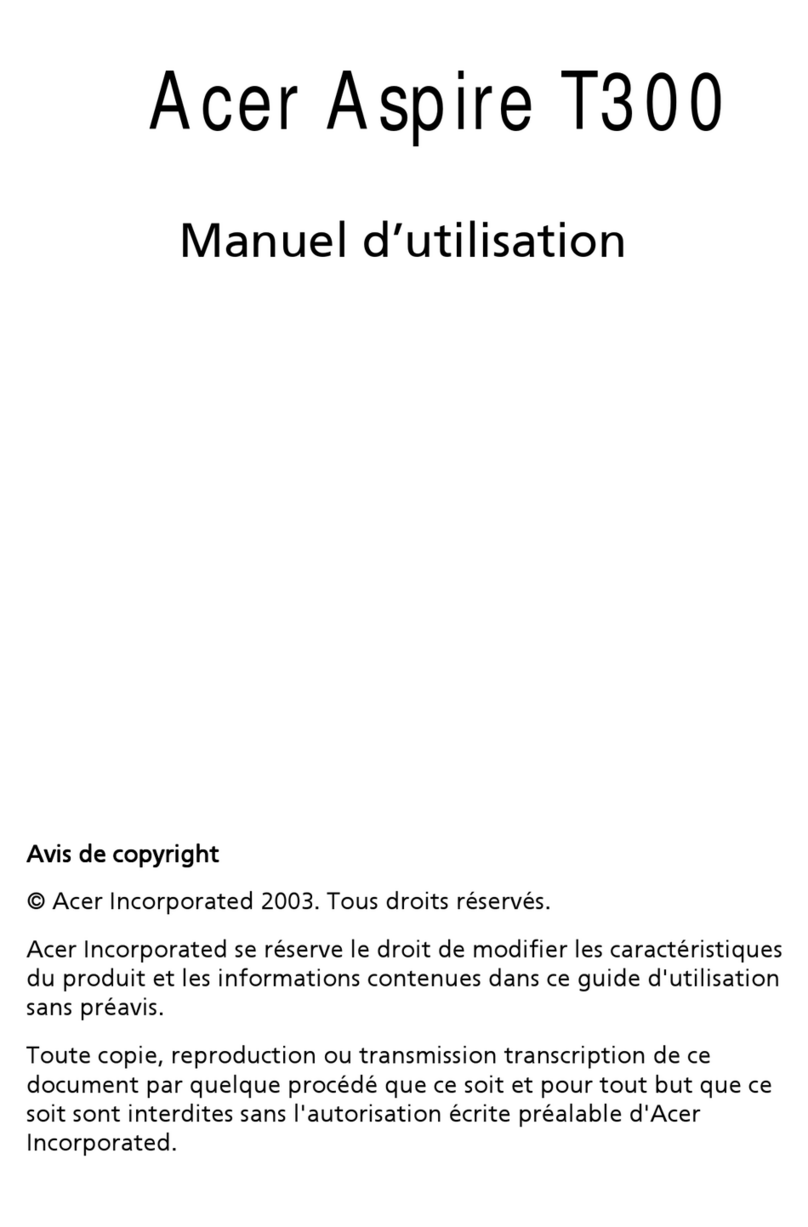
Acer
Acer Aspire T300 Configuration guide

Acer
Acer Aspire Z5600 Series Instruction sheet

Acer
Acer Altos G610 User manual

Acer
Acer Veriton M265 User manual

Acer
Acer Veriton 5800 Configuration guide

Acer
Acer Veriton 5600G Quick start guide
